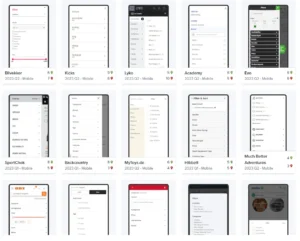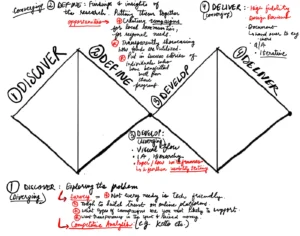System Usability Scale for Data-Driven UX
Have you ever wondered how top designers, researchers, and product developers consistently create user-friendly, efficient, and enjoyable products? The answer lies in the system usability scale (SUS), a key tool in the world of user experience (UX) research and evaluation.















